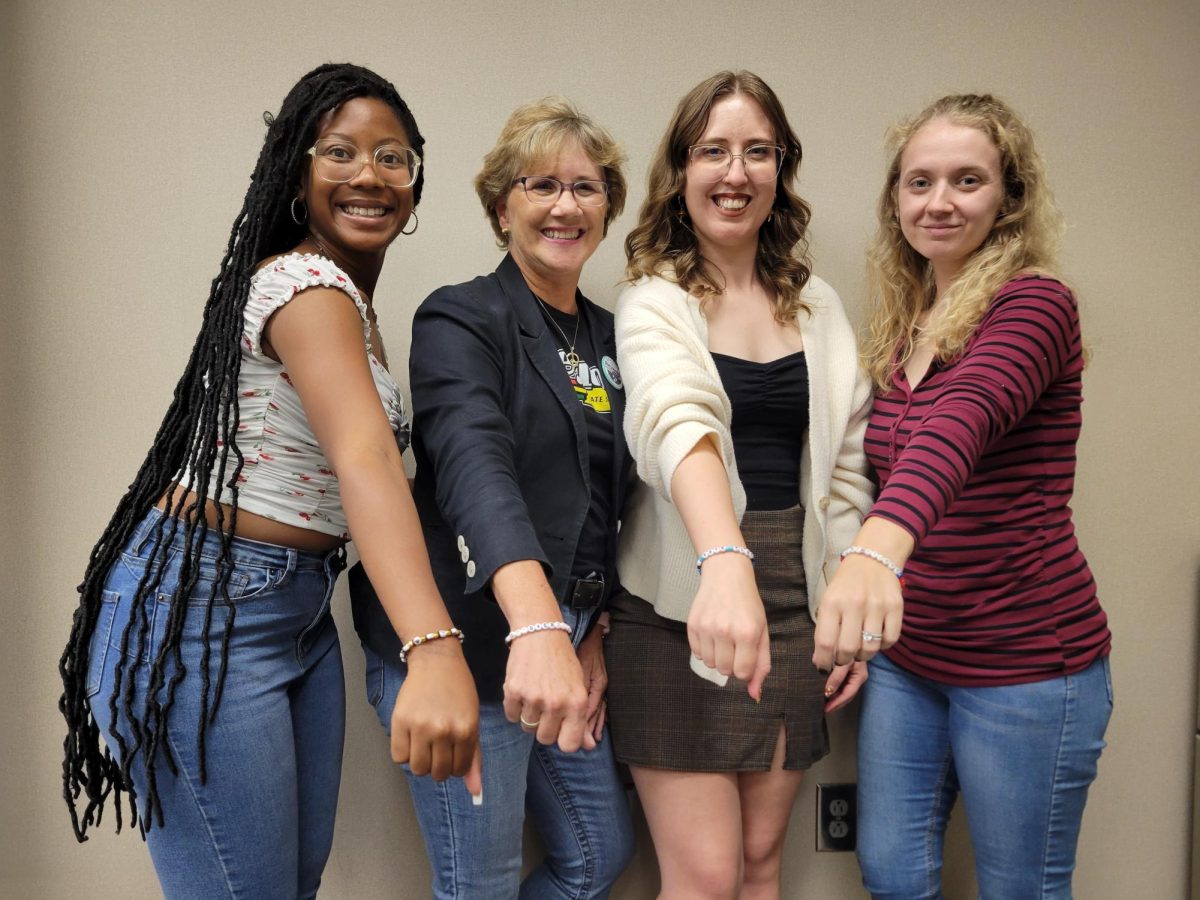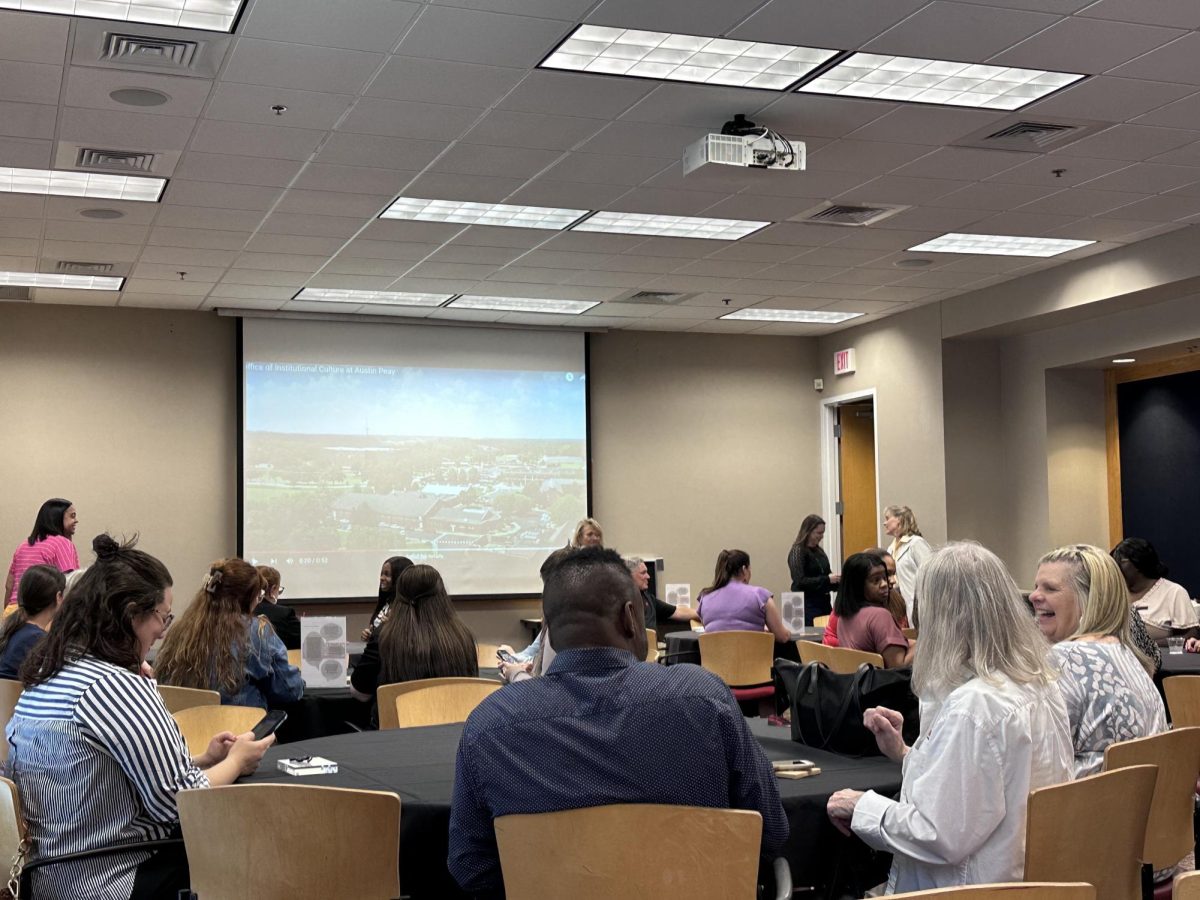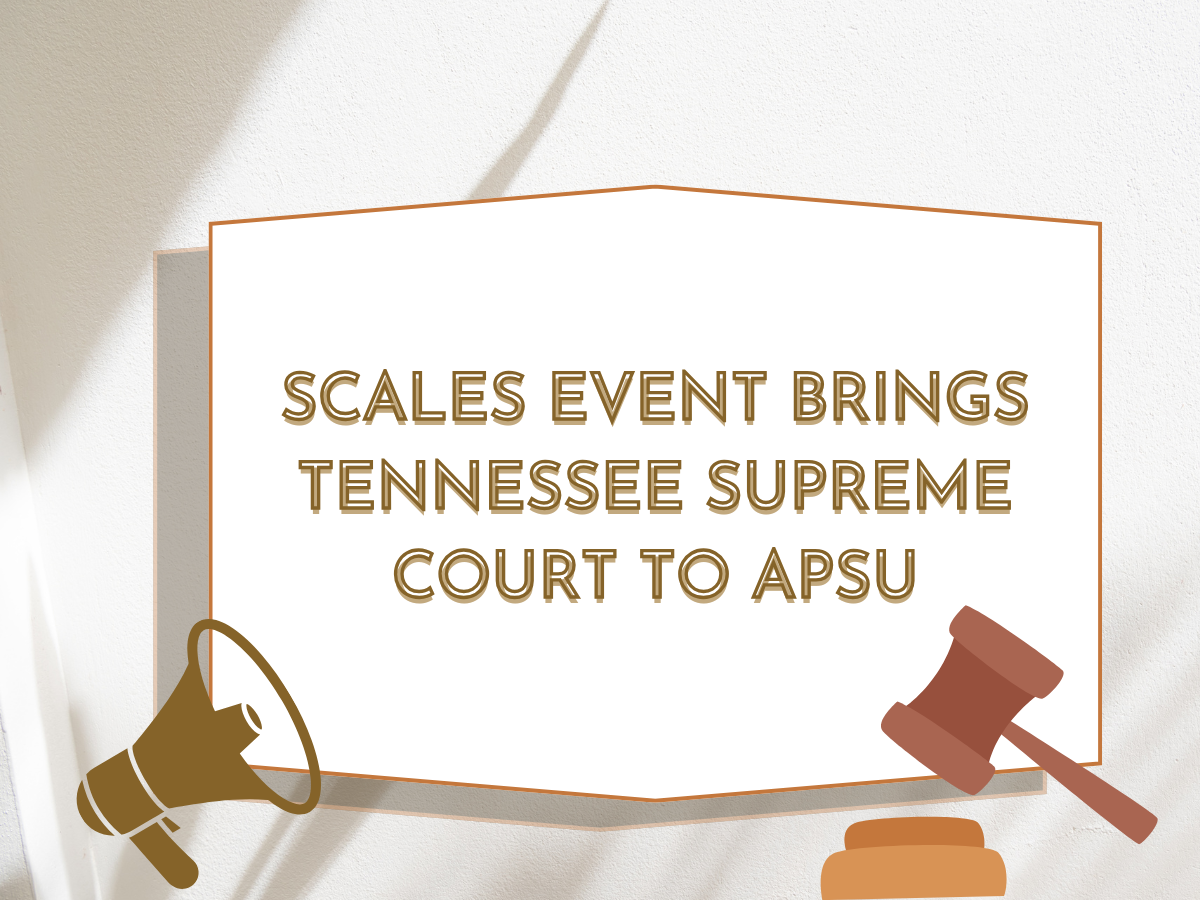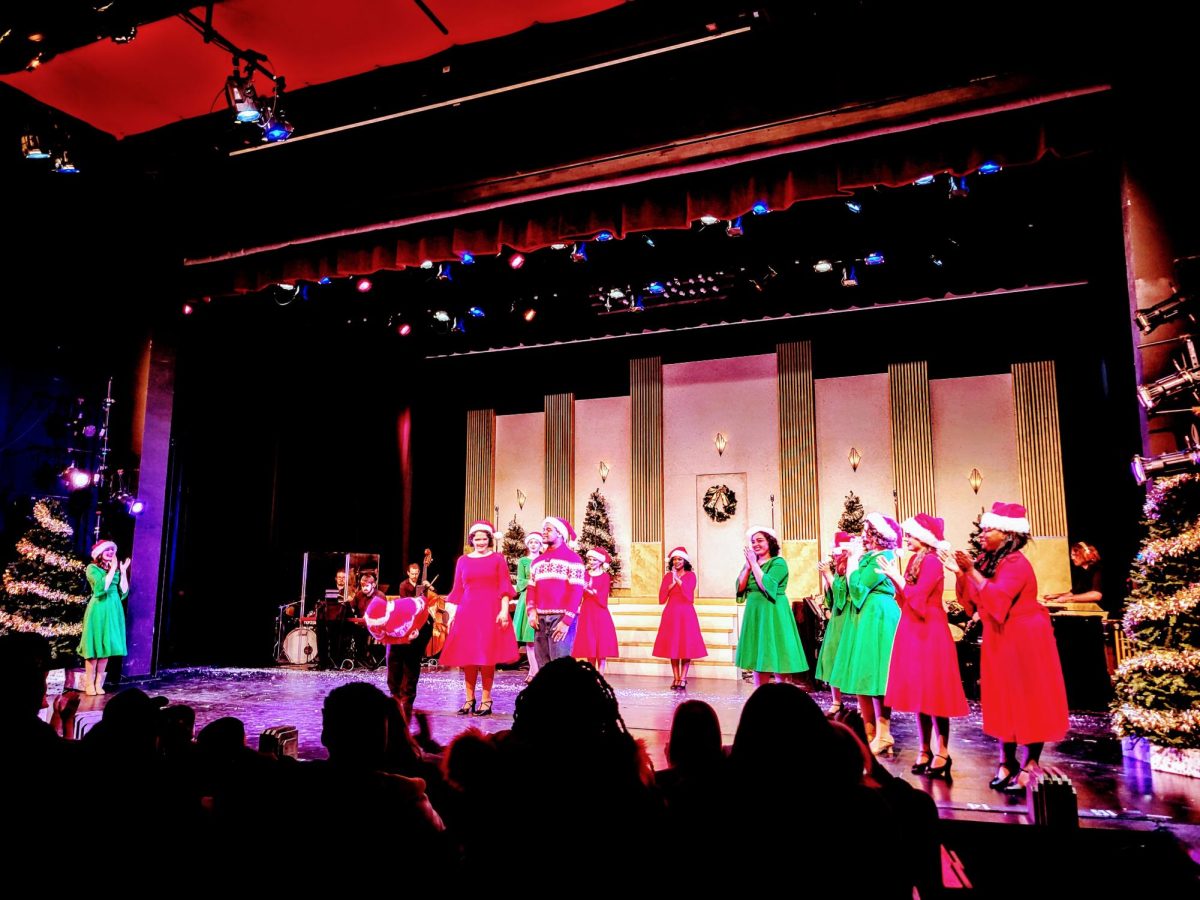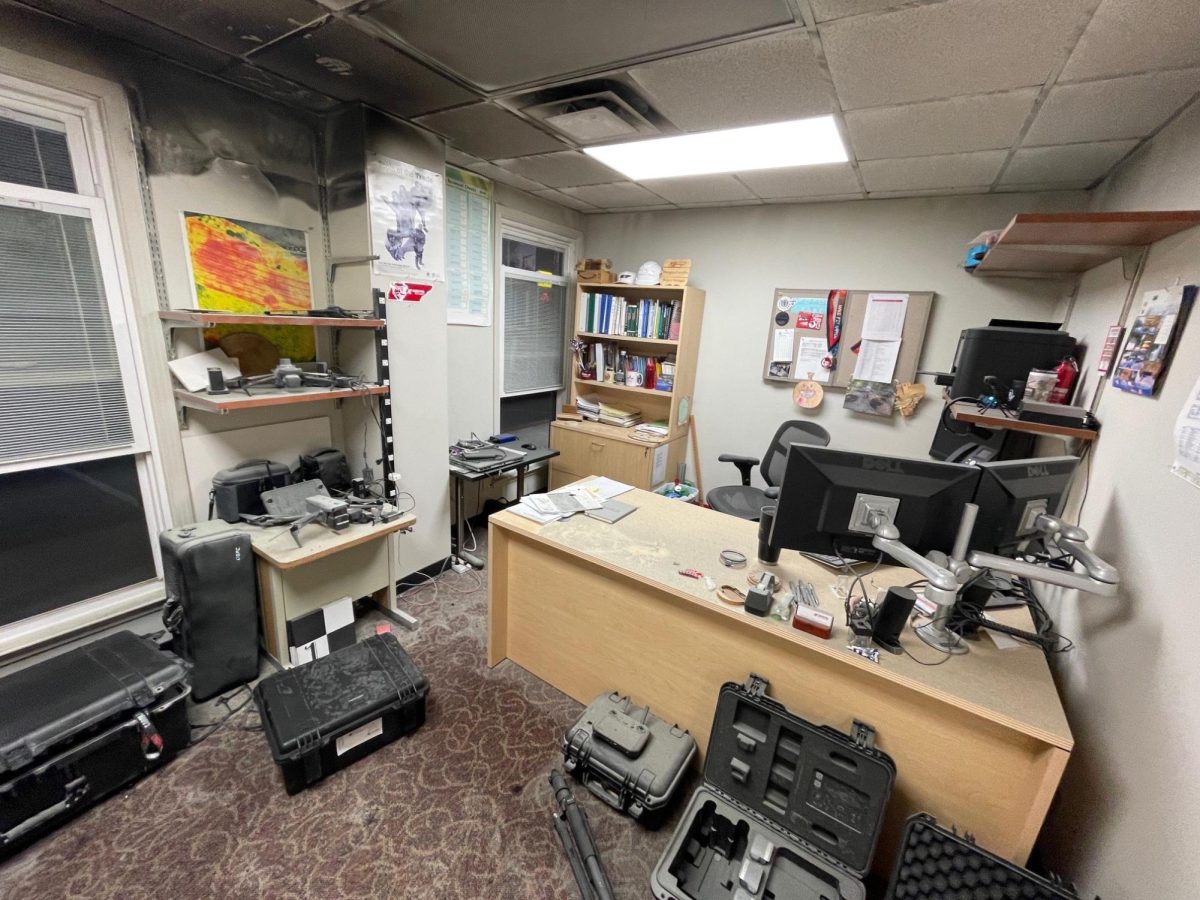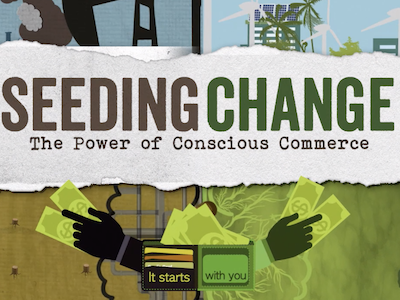MICHAEL MELIA, Associated Press
HARTFORD, Conn. (AP) — As police responded to a deadly car crash, they noticed an increasingly familiar sight: a remote-controlled aircraft, equipped with a video camera, hovering over the wreckage.
The Federal Aviation Administration has opened an investigation of the drone, which was used by an on-call employee for a Connecticut television station. The FAA is developing new rules as the technology makes drones far more versatile, but for now operators can run afoul of regulations by using them for commercial purposes, including journalism.
The case of the Hartford crash, in which the victim’s body was left hanging out of a mangled car, highlights some of the safety, privacy and ethical issues that journalists will wrestle with as interest grows in using drones for newsgathering.
“Here was a dead body still on the scene. We had covered it the best we could,” said Lt. Brian Foley, a Hartford police spokesman, who said drones have been appearing more frequently at crime scenes. “You don’t want the family to see that.”
Hartford officers questioned the man operating the drone on Feb. 1, but did not ask him to take it down, Foley said. The man identified himself as an employee of WFSB-TV but said he was not working for them that day.
The station’s general manager, Klarn DePalma, said it constantly evaluates new technology and is eager to see regulations spelled out for drones, but he said the temporary employee in question was not on assignment for them and has never been paid for drone video.
“We don’t even own a drone,” he said.
The FAA said Monday that it has issued 12 warning letters to drone operators, which can include orders to stop operations. It said in a statement that its investigations are intended to determine whether operators violated FAA safety regulations.
A law passed by Congress two years ago requires the FAA to integrate unmanned aircraft of all sizes into the domestic airspace by late 2015, but it’s clear the agency won’t meet that deadline. The FAA has been working for more than four years on regulations to permit small drones — those weighing less than 55 pounds — to be used for commercial purposes, but has missed deadline after deadline for proposing those regulations.
Drones hold appeal for journalists because they would allow new perspectives and access, particularly in areas that are not reachable by helicopter or could pose dangers to people. New models can cost as little as $500. But regulators have to weigh free-speech considerations against concerns for safety and invasion of privacy.
A small handful of media organizations have received warning letters since 2011, when an iPad newspaper owned by Rupert Murdoch’s News Corp. was flagged for using a drone to film tornado damage around the country, according to Matt Waite, a journalism professor at the University of Nebraska-Lincoln. Last July, the journalism schools at Nebraska and the University of Missouri-Columbia were ordered to stop flying drones outdoors until they obtain government authorization.
Waite, who founded the university’s Drone Journalism Lab in 2011, said that once permission for commercial drone use is granted, journalists will need to consider psychological distress that a dozen or more drones buzzing overhead could cause people who become targets of media attention. Another issue, he said, will be the safety risks in deploying devices, each weighing several pounds, with rapidly spinning blades.
“What is a permitted risk? What is a responsible risk? Those two may be two different things,” Waite said.
Aerial drones, long associated with the military, increasingly have been adapted for civilian use. They have been deployed widely to document the scale of disasters and, at the Sochi Olympics, they are being used to help broadcast the events.
Waite said film companies also use drones extensively on closed sets, but because the work of journalism is so public, it stands to face more government scrutiny.
“This is why you’re going to see journalists getting in more trouble,” he said. “As a journalist, what’s the point of going to the trouble and getting pictures if you’re not going to publish?”
-Published by Andrew Thompson



